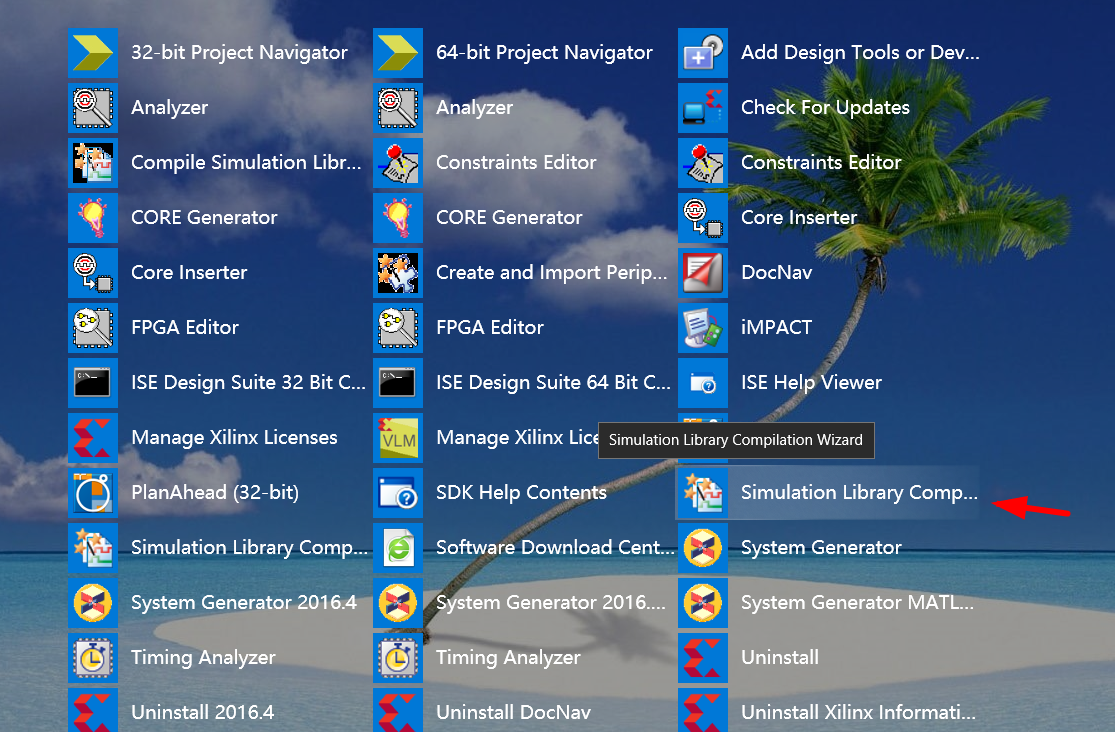

- Writememh in verilog modelsim altera how to#
- Writememh in verilog modelsim altera mod#
- Writememh in verilog modelsim altera code#
pseudo-random generation algorithm: generate byte stream (“pad”) to be xor'd with the ciphertext
Writememh in verilog modelsim altera mod#
J = (j + s + key) mod 256 - for us, keylength is 3 key-scheduling algorithm: initialize the s array

The basic ARC4 algorithm uses the following parameters: ParameterĪrray of bytes that represent the secret key (24 bits in our implementation)Īrray of bytes that represent the encrypted messageĪrray of bytes that represent the decrypted result (same length as ciphertext)Īnd proceeds as shown in this pseudocode: Because xor is symmetric, encryption and decryption are exactly the same. A stream cipher like ARC4 uses the provided encryption key to generate a pseudo-random byte stream that is xor'd with the plaintext to obtain the ciphertext. You don't have to do this, of course, and you will not be marked on it, but it will make your life much easier. More than prior labs, this one would benefit from having a “known good” high-level implementation that you can compare with step by step.
Writememh in verilog modelsim altera code#
Do not be discouraged by this - the amount of actual code you have to write is not excessive.įinally, some debugging advice.
Writememh in verilog modelsim altera how to#
The description of this lab is fairly long, but this is mostly because it includes lots of explanations about ARC4, how to generate and examine memories, and so on. Finally, you will create a cracking circuit with multiple decryption units to speed things up. Next, you will extend this to build an ARC4 cracking circuit the circuit will implement a “brute-force” attack by cycling through the entire key space and stopping when a successful decryption is performed. The secret key will initially be obtained from a bank of switches on your DE1-SoC board, and the encrypted message will be given to you as a ROM initialization file. In the rest of the lab, you will first design an ARC4 decryption circuit. Still, the structure of ARC4 is similar to modern symmetric encryption methods, and provides a good vehicle for studying digital circuits that make extensive use of on-chip memory. ARC4 is a popular symmetric stream cipher, and was widely used in encrypting web traffic, wireless data, and so on it has since been broken. The circuit you will create is an ARC4 decryption circuit.

In this lab, you will get experience creating a design that contains several on-chip memories, and uses a more efficient ready-enable interface to connect modules that have variable latencies.


 0 kommentar(er)
0 kommentar(er)
